The Role of Technology in Designing Flexible Student Workspaces
As obvious as it may sound, flexible workspaces are decked out with the tech essentials—power outlets, strong Wi-Fi, digital projectors, and more. They allow learners to easily stay connected and powered. These spaces encourage collaboration as students can shift from solo to teamwork seamlessly.
Also, they often incorporate elements of comfort—ergonomic seating, natural lighting, and even relaxation areas—to boost focus and keep burnout at bay.
Technology and Flexible Workspaces
Expanding on how technology enhances flexible student workspaces, let’s dive deeper into each unique role technology plays.
Personalized Learning Environments
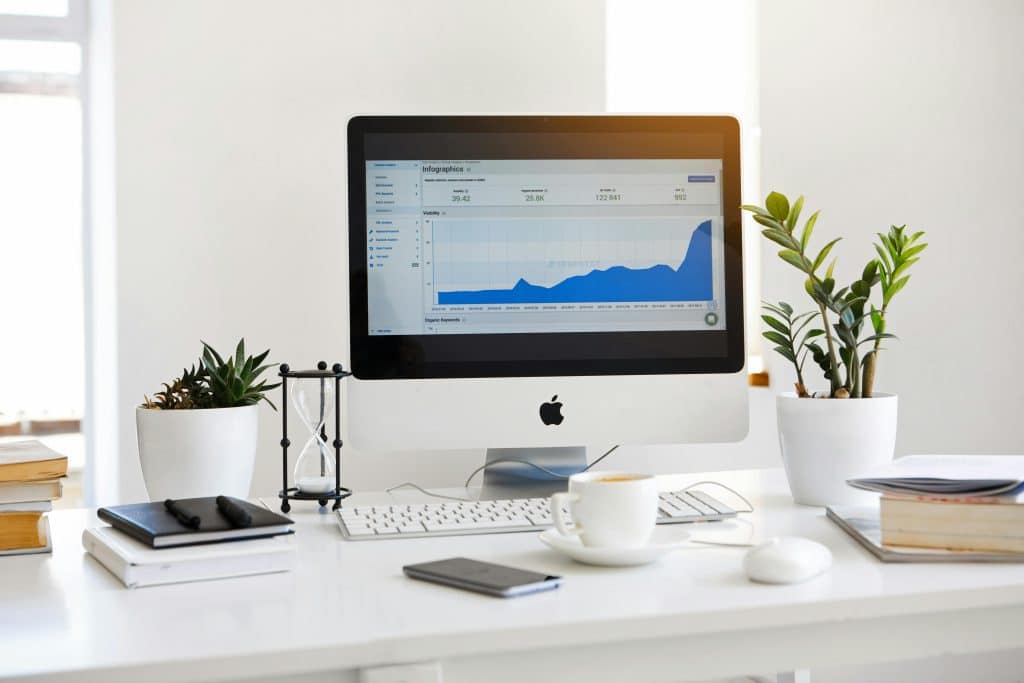
Imagine a study space that adjusts the lighting, temperature, and even the background noise to suit your preferences. AI-driven personalized learning environments use data from individual student profiles to fully adjust the workspace settings. In turn, this enhances comfort and productivity. This personalized approach is a forward-thinking example of the future of workplace technology.
Flexible student workspaces will help you with smashing productivity and creativity. In such a versatile environment, students often find that their academic writing needs can vary dramatically from one project to the next. That’s where custom writing services can be useful for you as they offer tailored support that matches the specific requirements of each assignment.
Such services help with creating a compelling research paper, designing a creative essay, or generating insightful reports. Aren’t they a great asset? This personalized approach ensures that each piece of work not only meets the academic standards but also reflects the unique voice and perspective of the student. As you see, flexible workspaces and custom writing are a powerful combination for academic success.
Sound Masking Systems
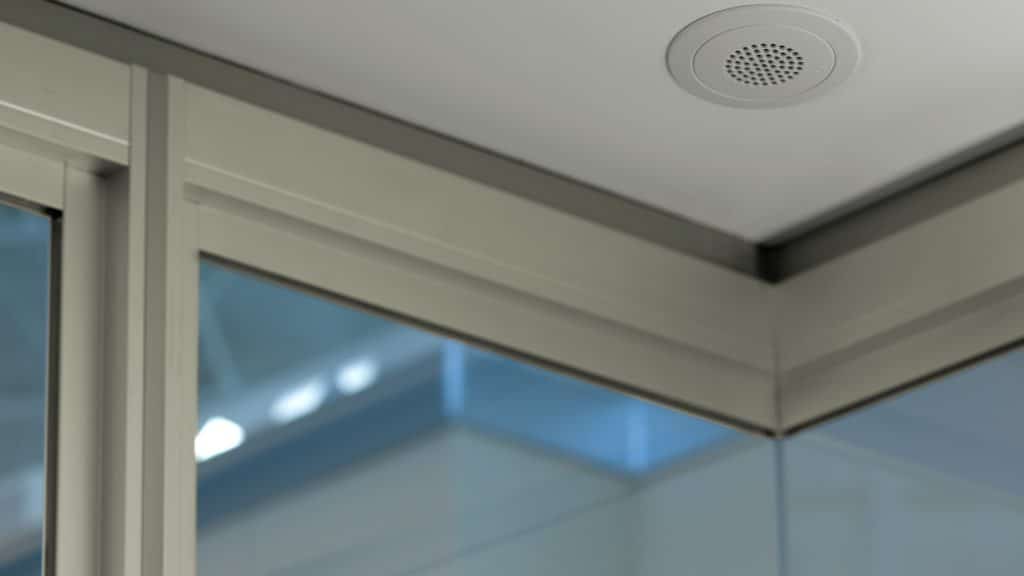
In bustling study areas, the clang and chatter can distract even the most focused minds. But the good news is that there is a solution, which is sound masking systems. These smart setups use a soft, unobtrusive background noise, akin to airflow, to mask disruptive sounds.
This enhances privacy and creates an auditory environment where students can concentrate without overhearing every coffee order or phone call nearby. This tech is a game-changer for concentrated study or soft collaboration.
Digital Signage
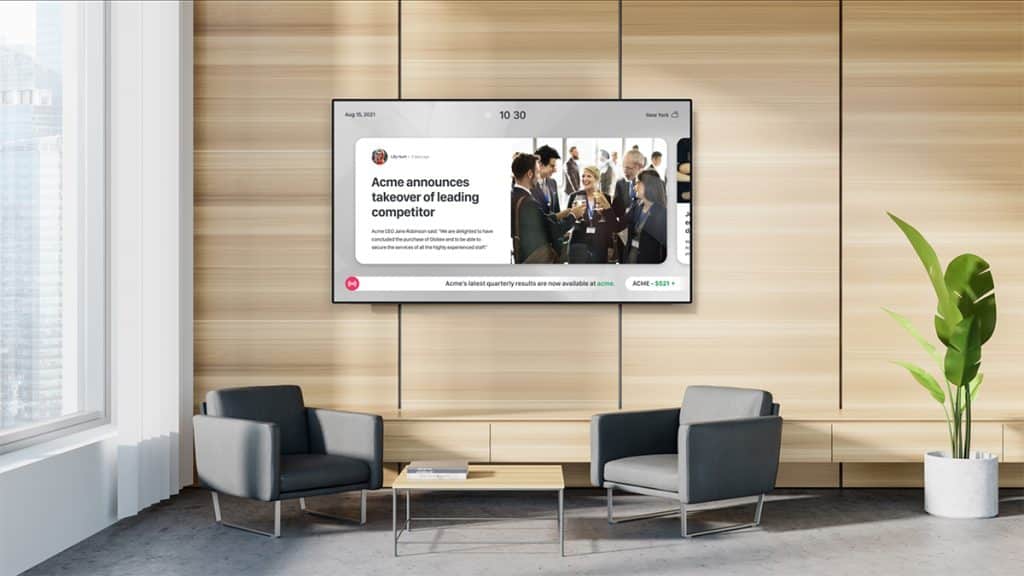
We bet you always wanted to just walk into a workspace and instantly knowing:
- which study pods are free
- where your next workshop is
- what community events are firing up that week.
Digital signage makes this possible. Integrated into the Workplace OS, these dynamic displays provide real-time updates and essential announcements. This is tech integration within workplace design at its most visible. It inevitable enhances how information flows and is consumed in educational environments.
Motion Sensors

Motion sensors are intuitive devices optimize energy use as they ensure that lights and tech are only on when needed. This slashes energy bills and reduces the carbon footprint. They can also trigger heating or cooling, maintaining optimal comfort without manual fuss. It’s a perfect example of how future workplace technology not only makes spaces more comfortable but also more sustainable.
RFID and NFC Technologies
RFID and NFC aren’t just for tapping into the subway or making a quick coffee purchase. In student workspaces, these technologies streamline access to resources. A tap of a student ID can do so many things:
- grant access to restricted areas
- check out equipment
- handle printing tasks.
This seamless interaction layers in a level of security that’s non-intrusive yet effective. It essentially embodies how tech integration within workplace design can simplify daily activities while enhancing security.
3D Printing Stations
3D printing stations turn abstract ideas into tangible realities. They offer hands-on learning experiences that are invaluable. This capability doesn’t just support educational outcomes. In fact, it’s more is much bigger. It actually sparks innovation and creativity. This offers a peek into the future of workplace technology where ideas materialize with the touch of a button.
Collaborative Software Platforms
We all see how platforms like Google Workspace and Microsoft Teams have become the backbone of modern collaborative efforts. In flexible workspaces, these platforms allow students to:
- share documents
- communicate in real-time
- manage projects without physical boundaries.
This level of connectivity is what makes modern workspaces so dynamic and is a cornerstone of the Workplace OS that supports a seamless flow of ideas and information.
Resource Booking Systems
No more wandering around looking for a free spot. Advanced resource booking systems enable students to book everything needed through an app:
- study rooms
- desks
- equipment.
This system ensures that resources are used efficiently so that less space and time are wasted. It’s a smart solution that showcases how tech integration within workplace design is evolving to meet the needs of a modern educational environment.
Feedback Kiosks
Feedback kiosks gather real-time feedback from users, which can be analyzed to enhance workspace design continuously. This loop of feedback and improvement is truly a must for creating spaces that truly meet the needs of their users and is a practical application of Workplace OS in gathering and utilizing user data.
Health Monitoring
Integrating health monitoring technologiesshows a commitment to student well-being. These technologies ensure that the environment does not strain physical health. You can forget about eye strain from poor lighting or respiratory issues from poor air quality. It’s a holistic approach to design that considers all aspects of a student’s health.
Final Thoughts
Summing up, these roles of technology illustrate how integrated systems and smart designs can transform traditional learning spaces into dynamic, efficient, and supportive environments. In other words, they make us ready for the future. Each element not only enhances the functionality of the space but also the well-being and productivity of the students.

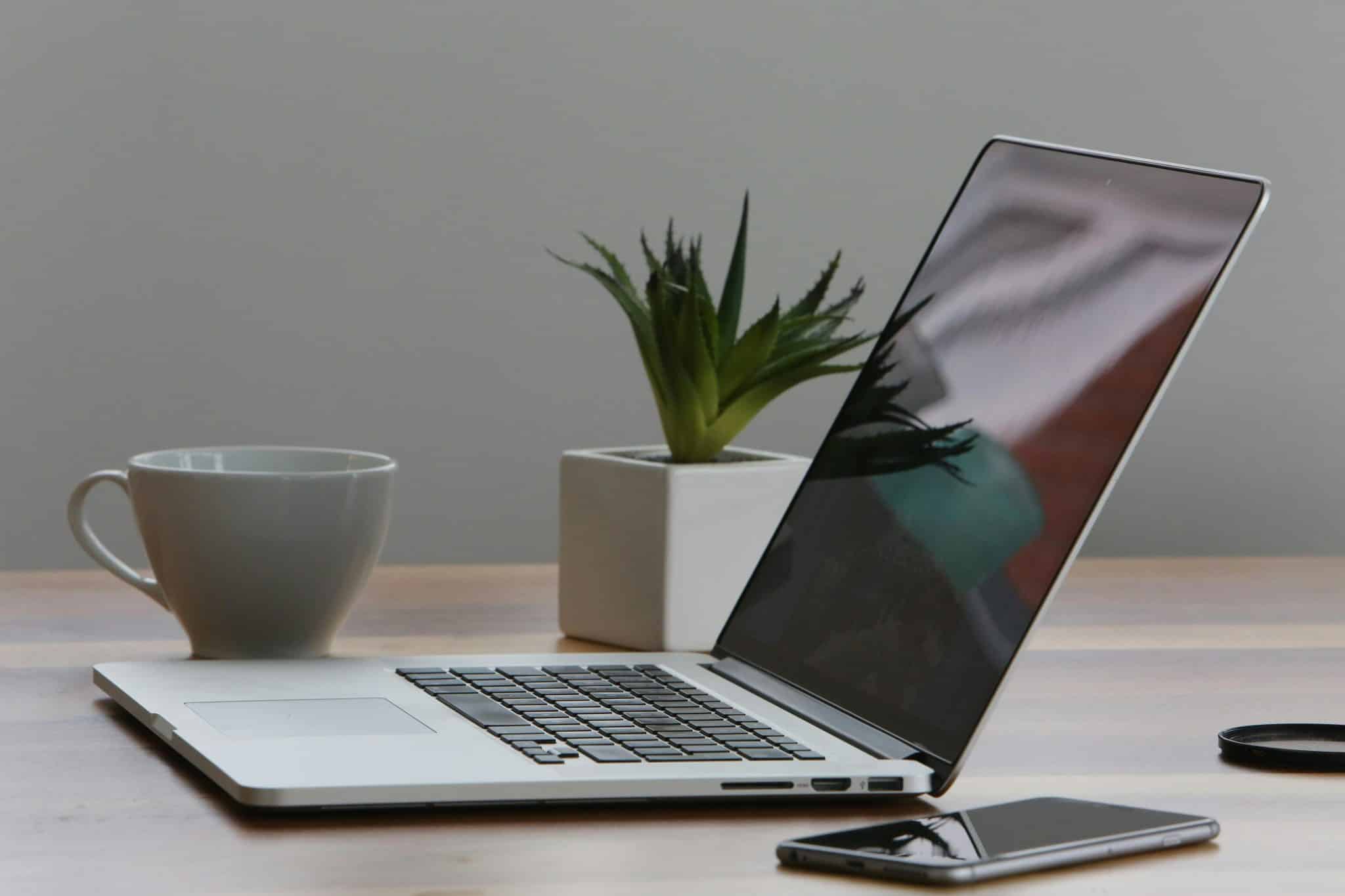
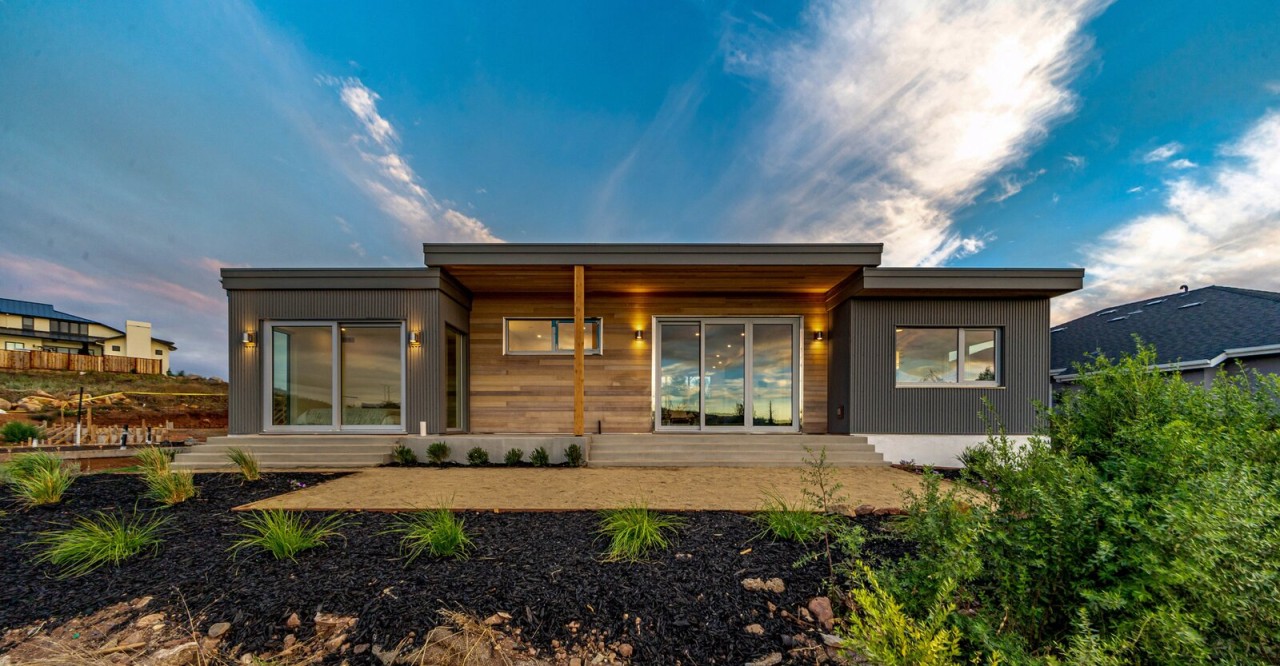



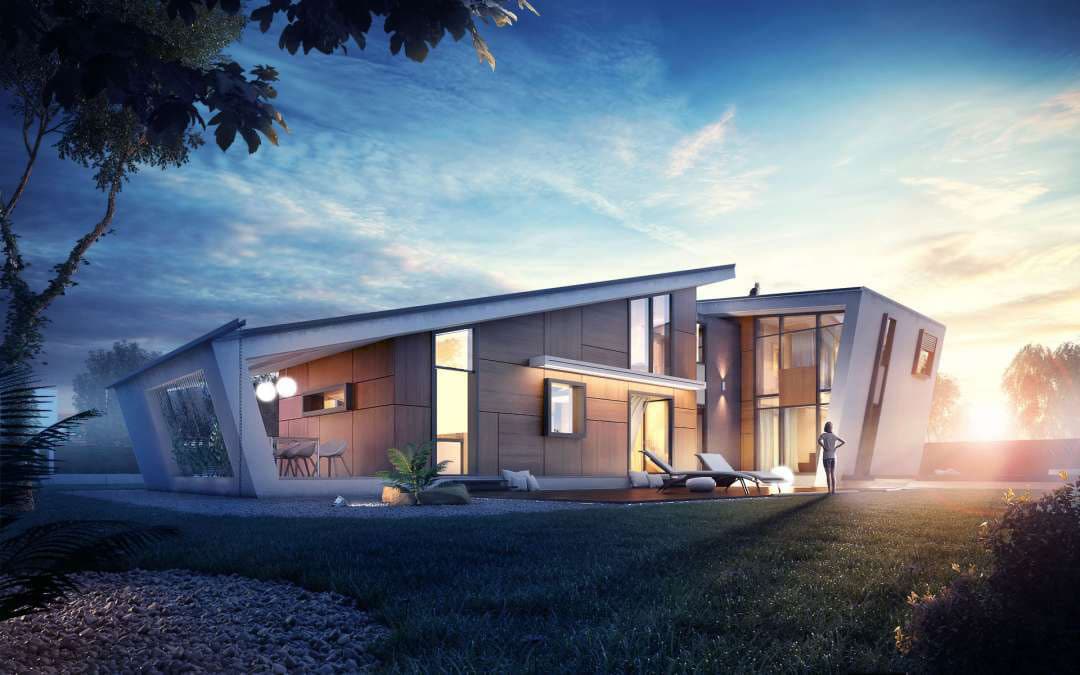

One Comment